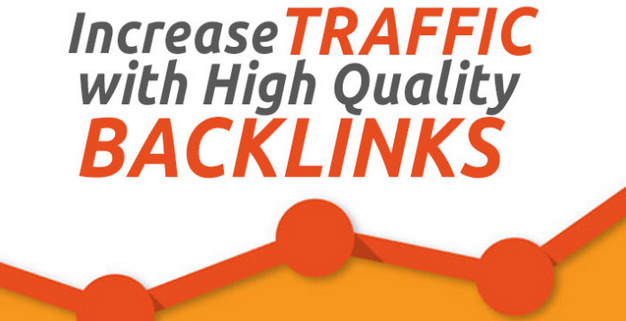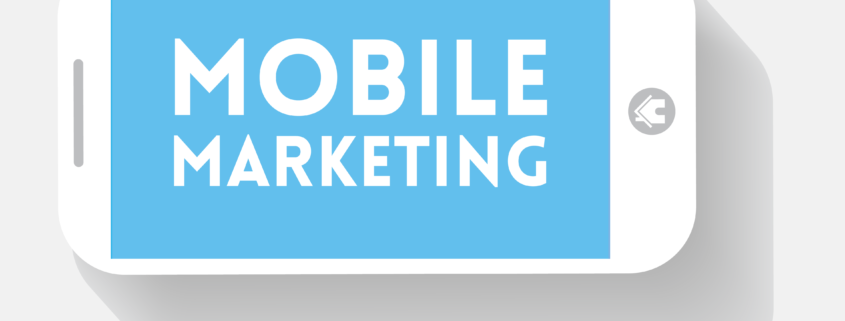4 Alternative Ways To Use Your CRM Software
(CRM) Customer Relationship Management is a necessary tool for businesses to control and appraise client communications and data throughout the consumer life cycle. By following communications at every stroke point, CRM Software has the functionality to manage contacts, examine data, progress customer preservation and drive sales increase.
As knowledge for business management has complex, CRM Application has also developed to efficiently arm businesses with the tools to aim their customers and other possible opportunities. However, CRM Software is proficient of completing more everyday jobs than most people may be aware of.
Here, we’ll take a seem at alternative four ways that businesses can use a CRM outside of sales and still take out value for your business:
1. Improve Customer Service in CRM Software:
Using CRM Software for customer service provides customer service teams a fuller, easier view of their efforts with the capacity to understand consumers thoroughly. For businesses of any size, CRM should serve as a tool to outlook details of customer relations, interactions, and transactions. With this, customer service experts should be fast to use CRM to log queries and merge customers in their brand journey and its status.
For instance, when customers have a problem that needs resolution, CRM Software platforms provide a chance to note any improvement towards a resolution, as well as client satisfaction ratings and the solutions your representatives are distributing.
Businesses can optimize the path of both the customer service and sales processes by using critical feedback from clients, helping develop future sales cycles. For example, if customers regularly speak to customer service about a frequent issue that requires an additional add-on to fix, you may want to enclose that in with the core product to keep away from the issue altogether.
2. Convert Relationships to Partnerships:
CRM Software isn’t designed exclusively for monitoring sales but also for managing partner activities and other related relationships that are essential to your industry’s short and long-term interests. Many CRMs suggest features like spreadsheet exports and pipeline reporting which business improvement teams can force to see potential partnerships or long-term relationships. When synchronized with marketing automation software, development these relationships become much easier.
When creating business development partnerships, using a CRM allows users to execute a transaction, track progress, and search through different types of relationships. A consumer can also analysis direct and indirect channels, while channel managers can fast respond to the everyday requirements of their partners. This can keep customers into partners and followers into brand representatives because CRM isn’t fixed severely into the sales cycle.
3. Supplement the Marketing Process:
As a vital piece of the marketing plan of any business, CRM can help business get quick, thorough feedback on their performance by showing precisely how clients feel about their contributions. In this case, the organization can locate their most loyal consumers and take care of those customers to a product advertising, contribution or market research prospects. By evaluating data and customer feedback on this proposal, businesses can undertake future customer segments with enhanced insights and new policies.
Targeted efforts meant at your existing consumers can remind them of future events or prepared them for news related to your business. These types of practices help out make customer reliability while growing customer preservation and longtime value.
4. Talent Management:
This may seem a little unrelated, but there is a link to workforce analytics and customer relationship management. As human resource specialized need a complete perceptive of the prospective talent to their employees, running this data in a centralized site can support the process. Today’s workforce analytics, much similar to CRM, are mostly based on data housed in HR systems that deal with development, performance, connected actions and career data.
Businesses can accept a mixture of forward-thinking technologies to construct and retain a candidate list to communicate with prospective employ throughout the selection and interview process. In this case, the applicant is your consumer and the HR expert is the salesperson. Keeping candidate data in one place will help potential hiring promotion as well as compensation, in-house training, leave management and performance calculation.













